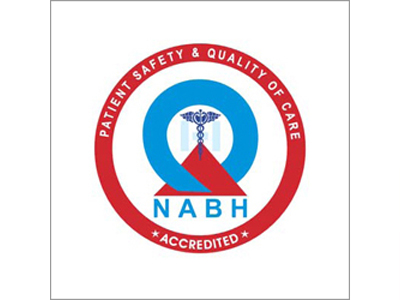A new paper by Drs Kshyanaprava Priyadarshini, Smruti Rekha Priyadarshini, Sujata Das and others from LVPEI Bhubaneshwar assesses the risks and outcomes of using donor corneas from victims of drowning for corneal transplants. They add to the growing evidence favoring such use.
Corneal blindness is among the top five global causes of blindness. In India, it is the second leading cause of blindness in those over 50 years of age, and the main cause of blindness in those younger. Worldwide, about 13 million people with corneal blindness can benefit from a corneal transplant. However, donor tissue scarcity means most of them will have to wait to receive one. In fact, the ratio of availability-to-demand is believed to be 1:70. One of the reasons for such a large gap is also the narrow range of donor corneas that are eligible for offering transplantable tissue. Deaths caused by infectious diseases or disorders of the blood, for example, are ineligible for making a donation. However, there are categories of donors which are under-utilized for corneal transplants: corneal tissue from elderly donors, for example.
Victims of death by drowning belong to that ambiguous category too. No formal protocol or medical standard on donated corneal tissue from victims of drowning exists with eye banks or standards bodies around the world. Literature, such as it exists, notes both good and bad outcomes associated with tissue sourced from such cadavers. The decision to use such tissue rests with individual technicians on a case-by-case basis, after running them through tests for quality and safety. Because of their exposure to water, there is some fear of loss of corneal tissue quality and even infection. We need more evidence to assess the viability of corneas sourced from such circumstances.
A new, retrospective study published in the journal Cornea, by Drs Smruti Rekha Priyadarshini, Kshyanaprava Priyadarshini, and others, analyses 34 corneas at the Drusti Daan Eye Bank at LVPEI Bhubaneshwar retrieved from victims of drowning. These victims had drowned in fresh (not stagnant or salt) water and their corneas were retrieved within one hour of their passing. These corneas were retrieved from 17 donors (13 men), with a majority aged 40 years old or younger. All the corneas were assessed and graded for quality by clinicians and eye bank technicians. The mean donor-to-preservation time was 4.9 +/- 2.6 hours. Of the 34 corneas, 20 were used at LVPEI Bhubaneswar (17 for optical grafts and 3 for therapeutic grafts).
None of the transplanted eyes developed infection four weeks after surgery. Of the 20 transplants, 8 had clear grafts after 3 months, while 6 patients had failed grafts after their last follow-up. Unlike reports from elsewhere, the study did not find infection or poor-quality tissue in their samples. This study, and the strict criteria it employs for inclusion, bolsters the case for using corneal tissue obtained from victims of drowning for transplantation.
'Contrary to the prior belief which questions the safety and efficacy of cornea harvested from drowning victims, our retrospective analysis shows that such tissues can be safely utilized. However, a strict evaluation regimen which qualifies the donor cornea for utilization needs to be followed. This can address the dearth of donor corneal tissues and fill in the demand-supply gap to a certain extent,' notes Dr Smruti Rekha Priyadarshini, consultant ophthalmologist, LVPEI Bhubaneshwar, and the corresponding author for this study.
Citation
Priyadarshini, Kshyanaprava MS; Das, Sujata MS, FRCS (Glasg), DSc; Sahu, Srikant Kumar MS; Parida, Priyadarshini VT; Priyadarshini, Smruti Rekha MS. Safety and Efficacy Profile of Corneas Harvested From Donors of Drowning Victims. Cornea ():10.1097/ICO.0000000000003321, June 13, 2023. | DOI: 10.1097/ICO.0000000000003321
Image credit: Drowning; >90% of drowning occurs in LMICS; WHO PAHO.



